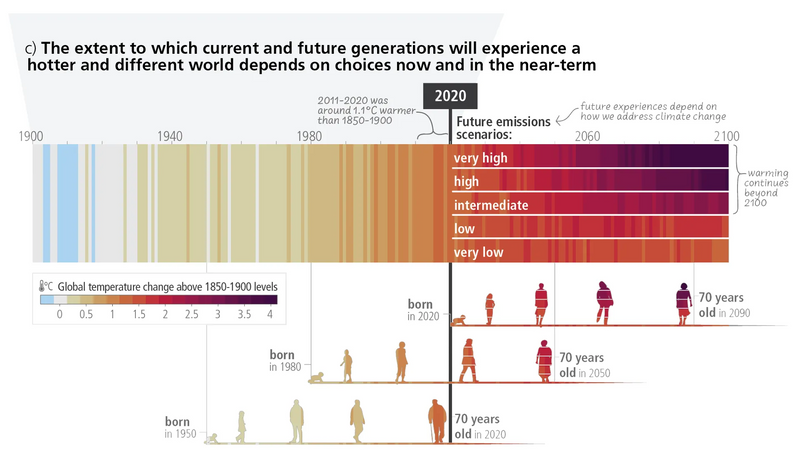1.5 Degrees: A Number or a Crossroads?
1.5 Degrees is a number highlighted with bright red lines in climate change reports and discussions. According to the Intergovernmental Panel on Climate Change (IPCC), which prepares the most comprehensive scientific scenarios about the future of our planet, our actions must gain urgency in order to limit global warming to 1.5°C. So, why is this small difference so important? Why has a slight increase in the Earth's temperature become such a big issue?

The 1.5°C limit is critical for the safety and continuity of ecosystems that make life on Earth possible, as well as the living organisms dependent on them. However, the global average temperature has already risen by 1.2°C compared to pre-industrial times! Even if all countries fulfill their emission reduction commitments and "things do not continue as usual," it is projected that we are on the path to a 2.4°C rise.
To simplify this, let’s use an example. Imagine the ecosystem as a human body. Our ideal body temperature is 37°C, but if it rises to 38.2°C, we call it a fever. At 39.4°C, it is a high fever, and it can pose a life-threatening risk. Therefore, you would immediately want to do something about it, go to the hospital, and get treatment. However, when it comes to our planet, our sense of reality changes, and we fail to prioritize this "small" change.

Perhaps the most confusing and inertia-inducing factor in the face of climate urgency is this: we will only see the most severe effects of climate change much later, so we do not feel the urgency of what has happened so far. For this reason, theorist Timothy Morton even describes climate change as a "hyperobject." Like the internet, it is a reality that is so vast and complex that it can never be fully understood.
This change, which is considered a critical threshold for the future of our planet, should be much more than just a number or an international agreement. Although we may not have shown it fully yet, we still have time to change our path and turn the solutions in our hands into action!
BONUS:
- If you're curious about exactly how the climate has changed or how we reached this point, check out this link: https://www.youtube.com/watch?v=Bl0ZdVoHm_w&t=18s
- Listen to Christiana Figueres, the architect of the Paris Climate Agreement, as she explains how the target of limiting the global average temperature increase to 1.5°C became one of the most critical turning points for the future of our planet.